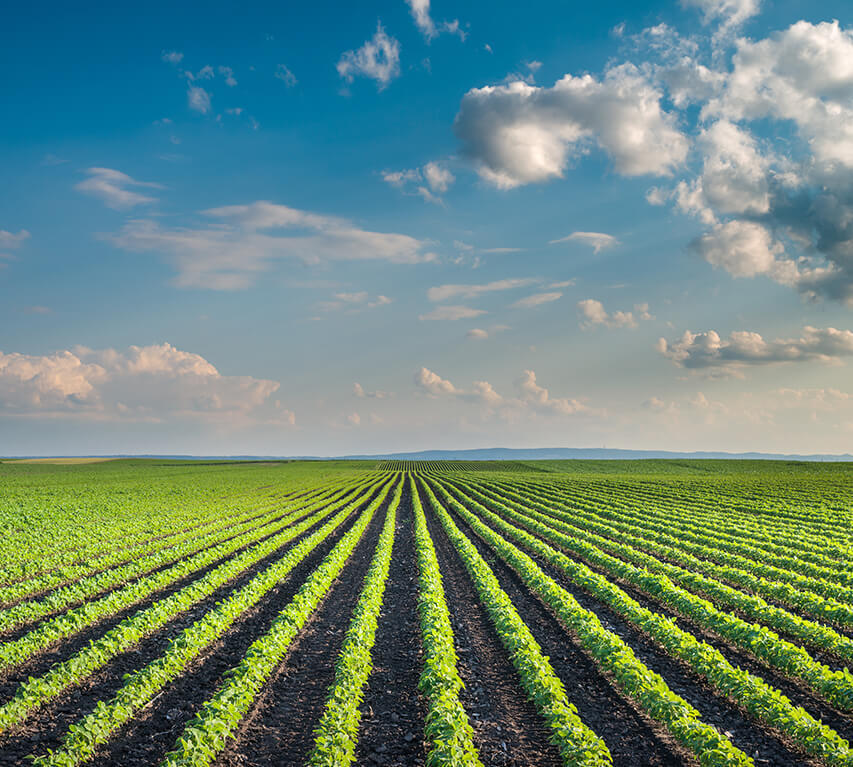Find out what is optimal combination of fertilizers that result in fragrant basil
I. While transplanting
Immerse the transplant plugs in a 2% solution of Poly-Feed 20-20-20 + M.E.
II. Fertigation for the establishment stage
Optimal nutrient concentrations in irrigation water (ppm)
|
N |
P2O5 |
K2O |
CaO |
MgO |
Fe |
|---|---|---|---|---|---|
|
100-110 |
70-90 |
100-120 |
110-140 |
60-75 |
0.8-1.2 |
Optimal combination of fertilizers in irrigation water (g/cubic meter)
|
Mg Sulfate |
|||
|---|---|---|---|
|
240 |
130 |
420 |
470 |
Multi-K = 13-0-46
MAP = 12-61-0
Mg Sulfate = 0-0-0+16MgO
Calcium nitrate = 15.5-0-0+26.5CaO
III. Fertigation for main growth season (fertilizer analysis: 4-2-8 + M.E.)
Optimal nutrient concentrations in irrigation water (ppm)
|
Season |
N |
P2O5 |
K2O |
|---|---|---|---|
| Autumn |
90-100 |
45-50 |
180-200 |
| Winter* |
150 |
75 |
300 |
| Spring |
100-120 |
50-60 |
200-240 |
Optimal combination of fertilizers in irrigation water** (g/cubic meter)
|
Season |
AN |
||
|---|---|---|---|
| Autumn |
435 |
74 |
90 |
| Winter* |
650 |
111 |
135 |
| Spring |
505 |
85 |
105 |
*The increase in the required concentration is meant to compensate for the reduced water uptake.
** pH of the irrigation water should be maintained at 5.8-6.2.
Important note about irrigation: Basil is extremely sensitive to water-logging. The grower must avoid excessive irrigation, especially after foliage cuts.
Salinity sensitivity: Basil is moderately sensitive to high EC and to chloride. Appropriate steps must be taken to avoid salinity buildup and the use of KCl as a potassic fertilizer.
Some general growing instructions can be found here.
Need more information about growing basil? You can always return to the basil fertilizer




